Lato
| Distance | 11km from Agios Nikolaos |
|---|---|
| Open to the public: | 08.00 - 15.00 (winter timetable) |
| Entrance fee: | Adults 2 €, Senior citizens 1 €. Young people up to 18 years and students, free. |
| Toilet Facilities: | Available |
| Café: | Available |
| Wi-Fi: | Not Available |
| Parking space: | Available for all types of vehicles |
| Facilities for people with disabilities: | Available |
| Supervised by: | Hellenic Ministry of Culture and Sports |
| Access & walking difficulty: | Difficulty rating 3 |
Lato is located 12 km southwest of the city of Saint Nicholas. Excavations started in 1899/1900 by the French Archaeological School under the direction of Joseph Demargne and continued from 1967 to 1972 under the direction of Pierre Ducrey, Olivier Ricard and Vana Hatzimichalis.
The area was inhabited from the 7th century until the late 3rd - early 2nd century. Although research has shown that the wider region has been inhabited since the Minoan period. Lato is considered to be the best preserved city in Classical - Hellenistic period in Crete and one of the best preserved in Greece.
The city of Lato is built on the saddle of two hills in a naturally fortified and strategic position, controlling the transition from central to eastern Crete. The port city was Kamara, in the current place of St. Nicholas. The city was fortified with strong (Cyclopean) walls, towers and citadels. The main gate is located to the west and was well-fortified to control anyone entering. From the gateway an uphill road with eighty steps leading to the market was the commercial, political, and religious center of the city. The temple of Lato might have been the one room building in the center of the market. The two room temple on the southern part of Acropolis is where the altar and the statue of Apollo stood. The structural ruins, houses, workshops, warehouses, temples, public buildings, theatre Prytaneum date in the 4th and 3rd centuries B.C.
Significant findings are exhibited in the Archaeological Museum of Agios Nikolaos: Clay tub with cavity to facilitate the draining of water, craters of the Hellenistic period with painted decoration, 100 loom weights, fragment of a tile depicting a pregnant woman’s body.



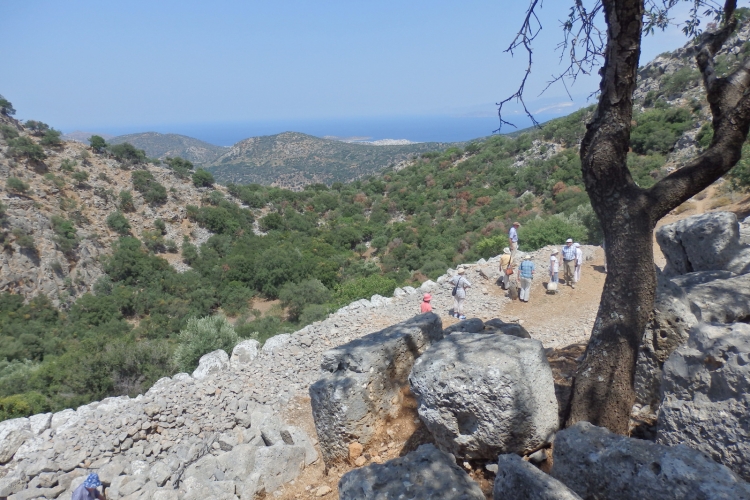
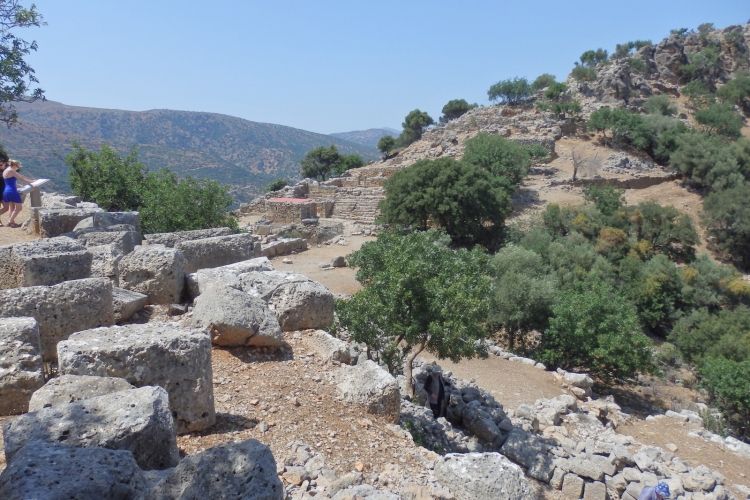


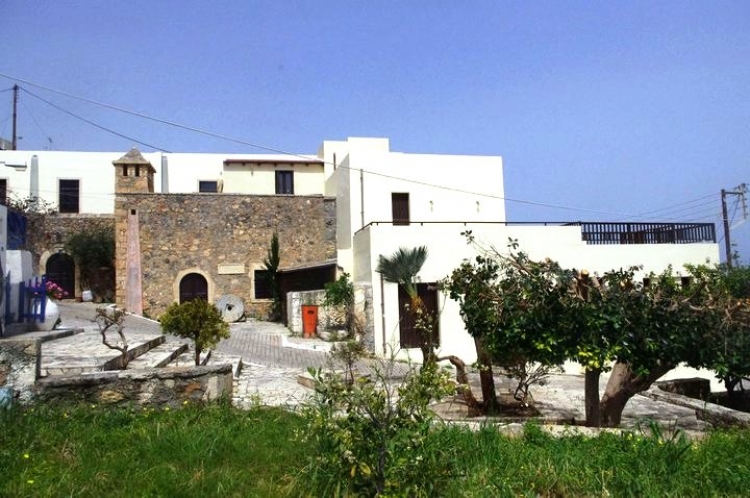
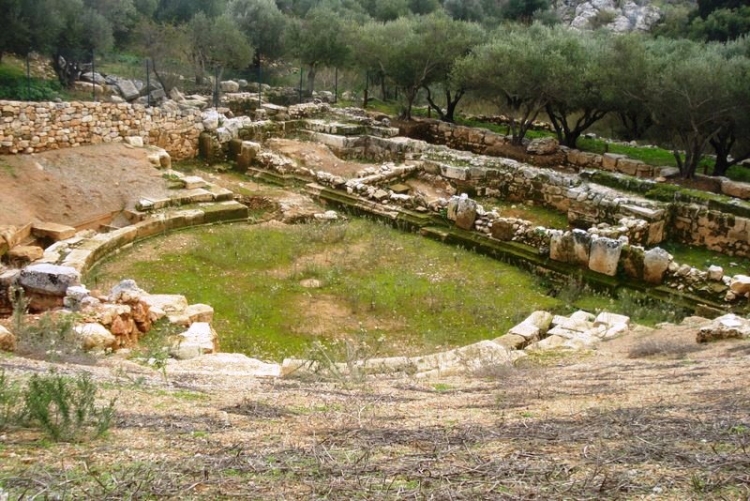
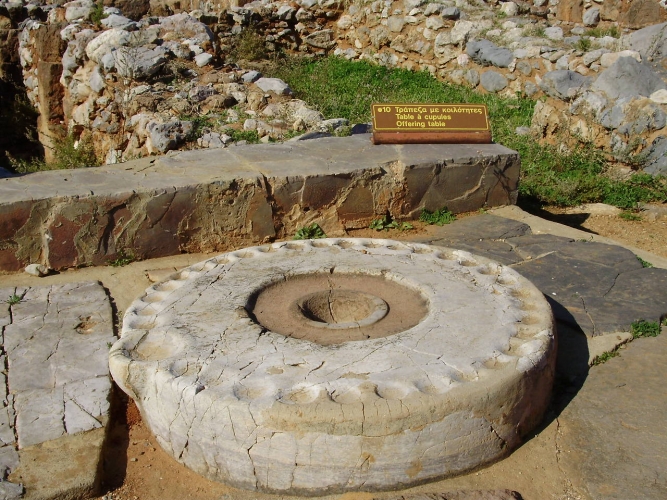
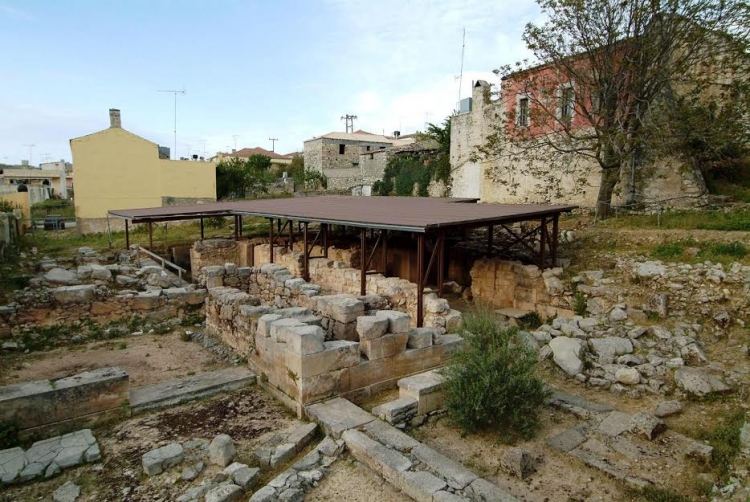
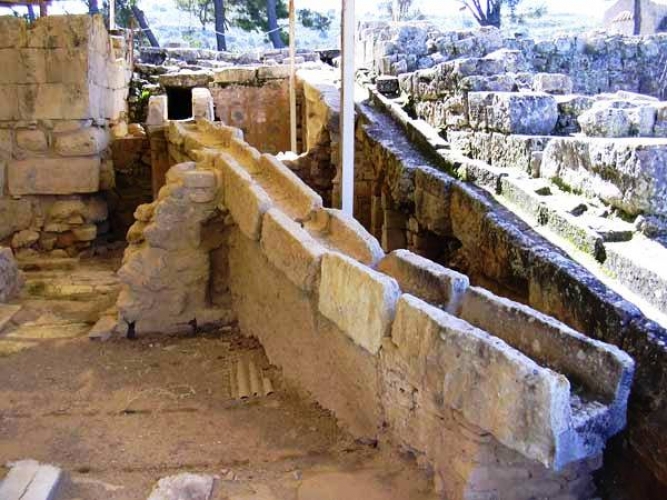


_566_400_s.jpg)

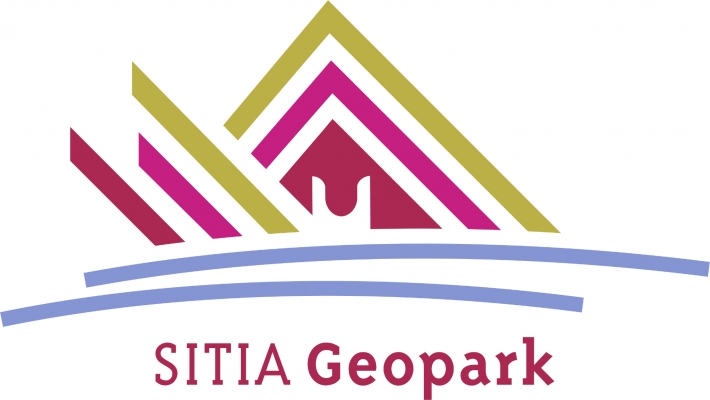
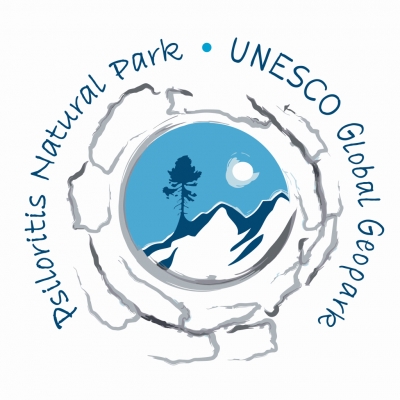

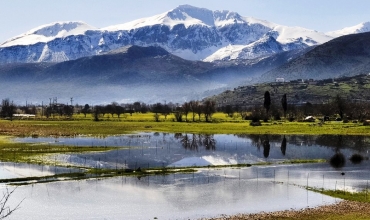
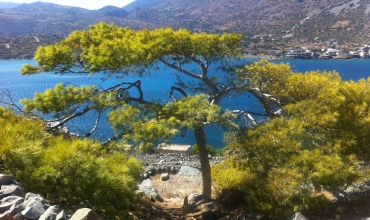
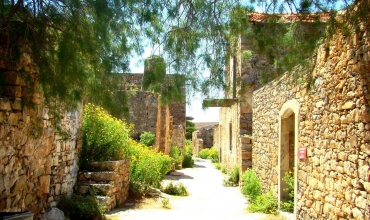

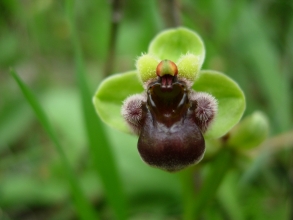 Botanical
Botanical
 Culinary/Gastronomy
Culinary/Gastronomy
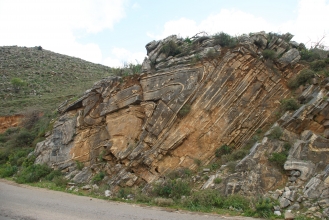 Geology
Geology
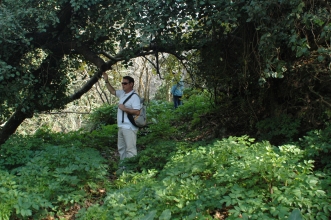 Hiking
Hiking
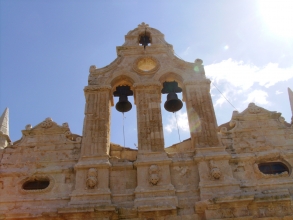 Historical
Historical
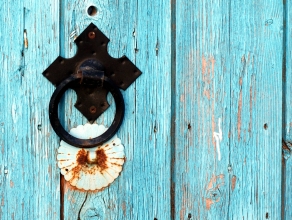 Village experiences
Village experiences
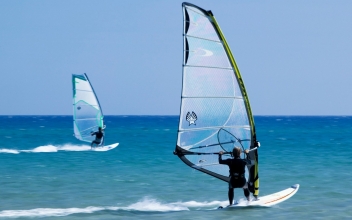 Sports activities
Sports activities
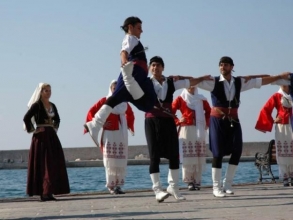 Cultural
Cultural
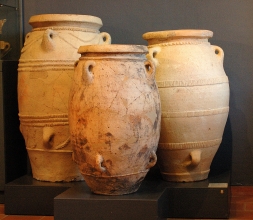 Archaeology
Archaeology
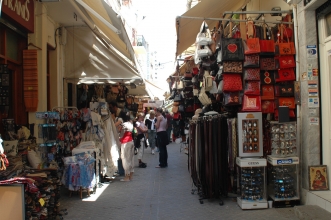 Shopping
Shopping
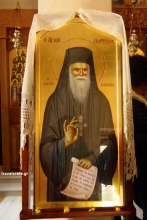 Religious Tourism
Religious Tourism
 Congress
Congress
 Accessible Tours
Accessible Tours
















